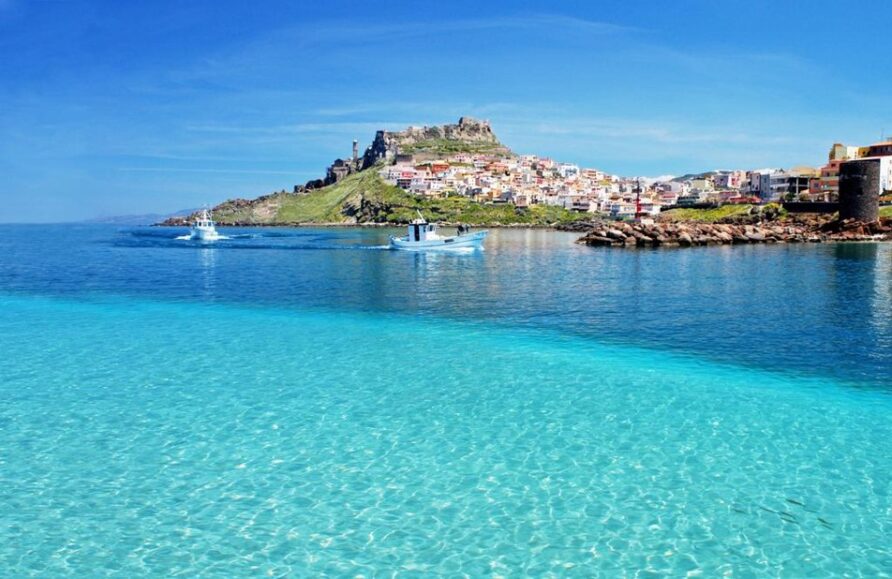Like any coastal town, Castelsardo and its surroundings offer wonderful outdoor activities. Indeed, from the harbour you can set off for some spectacular diving and snorkelling areas, there is also the possibility of tourist fishing, sport fishing and surfing in some areas. By land, you can go from horseback riding, through beautiful bike rides to magnificent coastal trekking to discover the red rocks (and their peculiar shapes) and natural pools. The whole area is frighteningly beautiful and interesting in terms of both landscape and geology.


One of the nearest beaches is Pedraladda, which is the local beach and where you are sure to find some old man with a deckchair and umbrella reading a newspaper at 8am. Added to this is Lu Bagnu, a beach of cream-coloured sand and rocky cliffs with Mediterranean maquis that perfectly surround the blue sea. Also in the area and a few kilometres away are Cala Ostina and Li Junchi, the beach of Badesi.


These beaches just mentioned are not the only ones; on the contrary, they are the most frequented. Below you will find a sequence of remote beaches, reachable by car or by trekking, that can be found near Castelsardo. Don’t forget that we travel planners encourage the discovery of remote and off-the-beaten-track areas, but not only that, we also recommend choosing a beach according to weather conditions (it may or may not be exposed to winds), according to the type of traveller (maybe if you are a family I would prefer to recommend a beach with facilities rather than a remote one that can be reached after 50 minutes of trekking) and according to your needs and passions. Just ask us and we can recommend plenty of options.


There are several typical local dishes we can recommend not all fish-based, although Castelsardo is a well known to be a traditionally a fishing village. Starting with the queen of the table, lobster, which in Castelsardo is served in the Aragonese manner, a very tasty dish in which the crustacean is seasoned with a creamy sauce of garlic, oil, lemon, parsley, capers and hard-boiled eggs. Another popular typical dish is Sa Cassola di Castelsardo, a mixed fish soup from the Gulf of Asinara. A couple of interesting first courses typical of the area are risotto with squid ink and spaghetti with sea urchins (found fresh only in winter and spring).



